Part 1 - Over seven bridges
Budapest is the capital and largest city of Hungary. With over 1.7 million inhabitants, Budapest is the tenth largest city in the EU. According to the British market research company Euromonitor International, Budapest is one of the twenty cities in Europe most visited by tourists. The single municipality of Budapest was founded in 1873 by merging the previously independent cities of Buda, Óbuda (Old-Buda) both west of the Danube and Pest east of the Danube. The name Budapest itself did not appear before, Pest-Buda was common in the language.
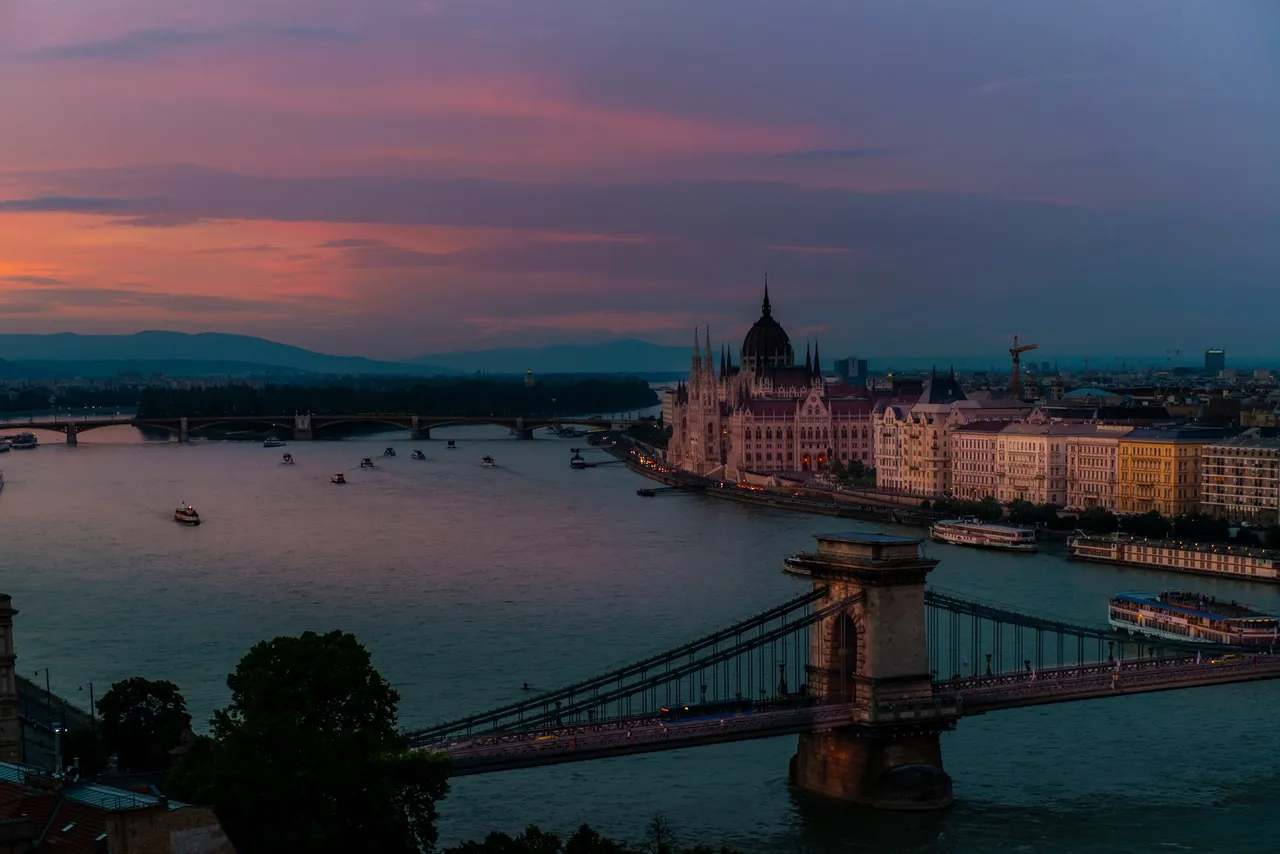
In the front you can see the "Lánchíd" (chain-bridge) and in the background on the river "Duna" the Parlament building.
The Fishermen's Bastion (Hungarian: Halászbástya) is a neo-Romanesque monument built by Frigyes Schulek between 1895 and 1902 in the Hungarian capital Budapest. It rises on the castle hill at the place of the medieval fish market of Buda. The name comes from a fishing guild for which the monument was erected. This guild had to defend this part of the city wall in the Middle Ages. The bizarre building, with its conical towers reminiscent of the Magyars' tents, is used as a panoramic terrace on the Danube and Pest.
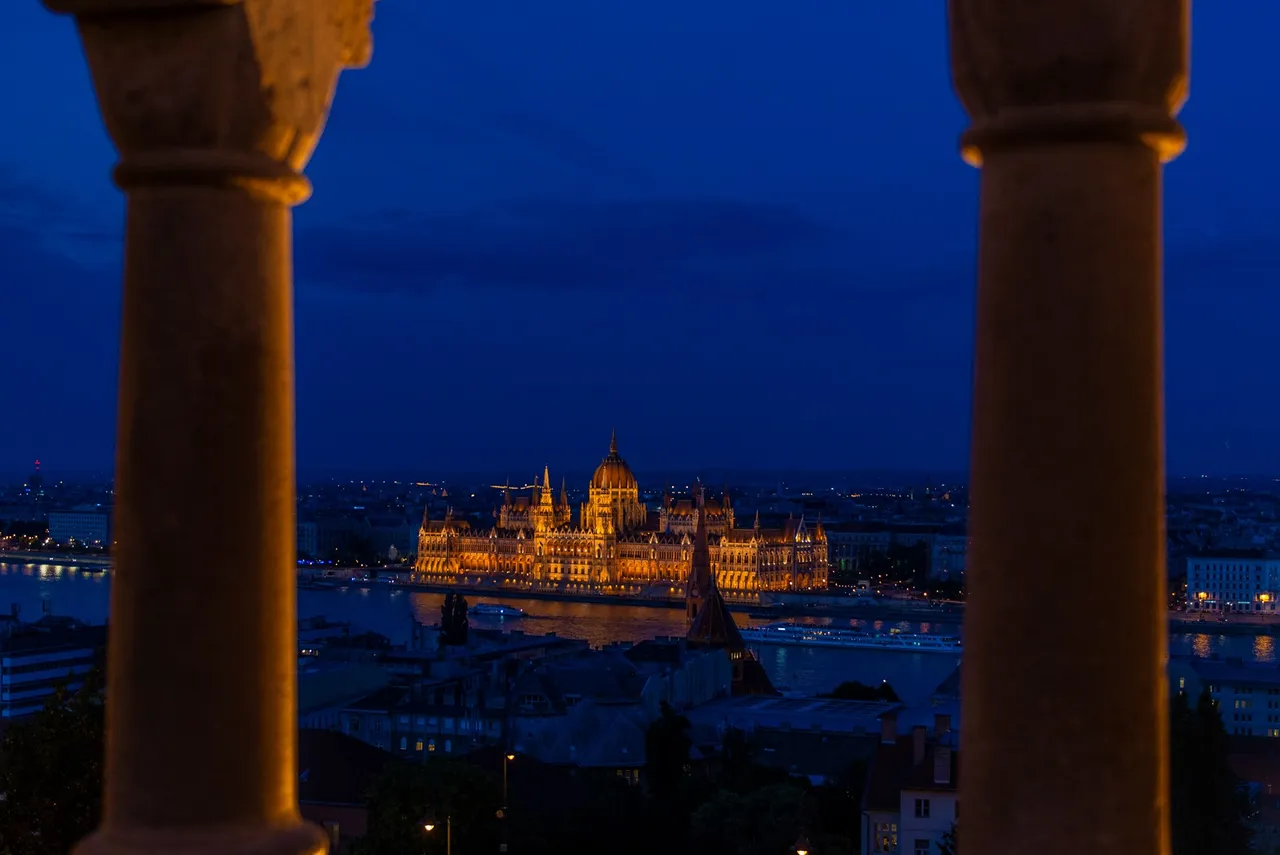
In front of the bastion there is a bronze equestrian statue of King Stephen I the Saint, who spread Christianity in Hungary. It was designed and manufactured by the sculptor Alajos Stróbl in 1906. The pedestal of the statue was built according to plans by Frigyes Schulek in neo-Romanesque style. It is decorated with decorative elements representing the life of the king.
Also in the immediate vicinity is the predominantly neo-Gothic Matthias Church.
Near the church stands the Hotel Hilton, which was built in 1976 after plans of Béla Pintér. The hotel was built on the foundations of two historic buildings. The northern wing stands on the remains of the monastery of St. Nicholas. The wall of the south wing forms the former outer wall of the 18th century Jesuit College. Between the two old parts of the building the reconstructed Nikolaus Tower was erected, which bears a relief with scenes from the life of King Matthias Corvinus from 1930.
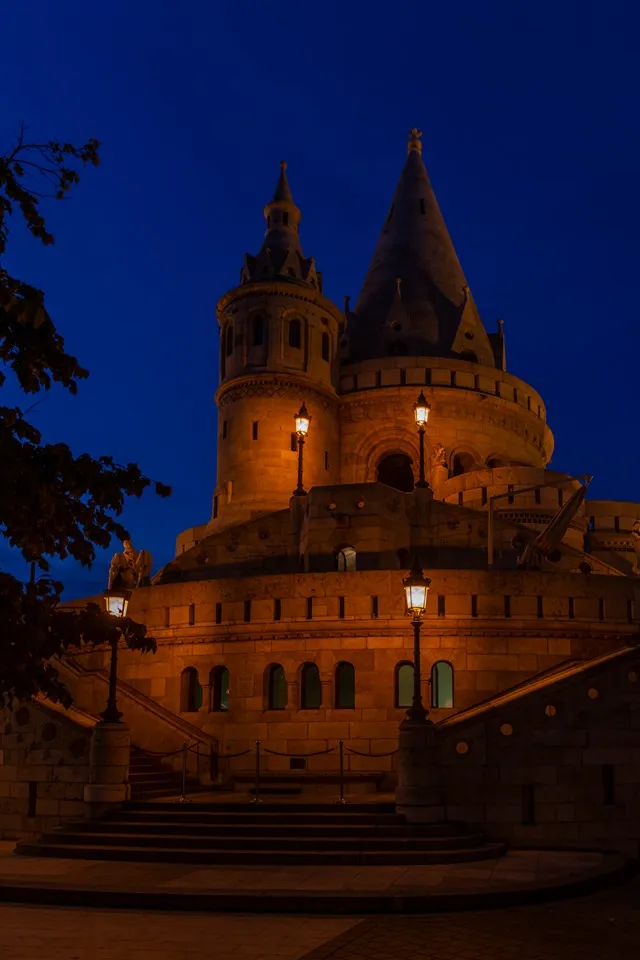
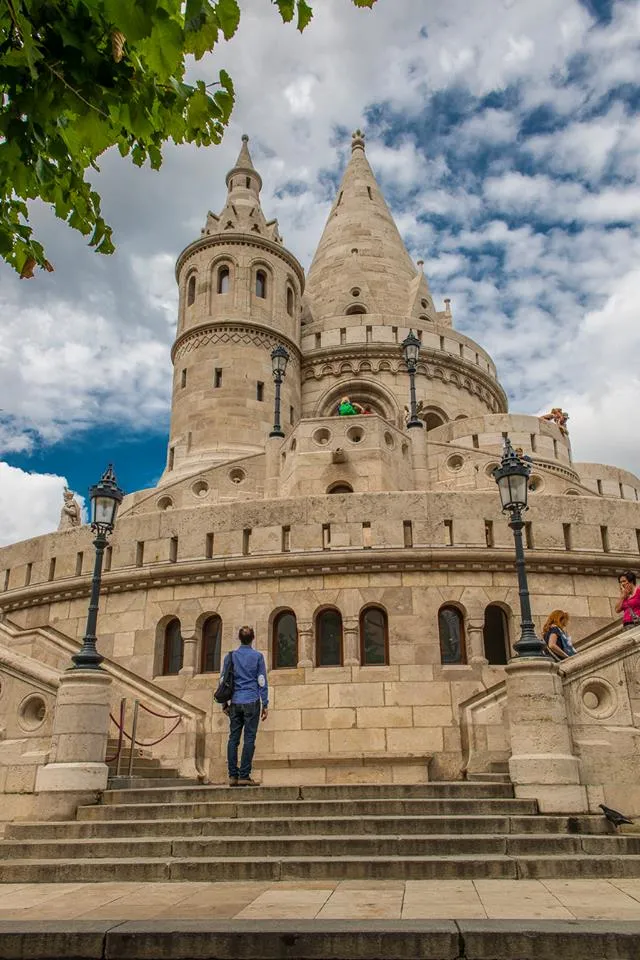
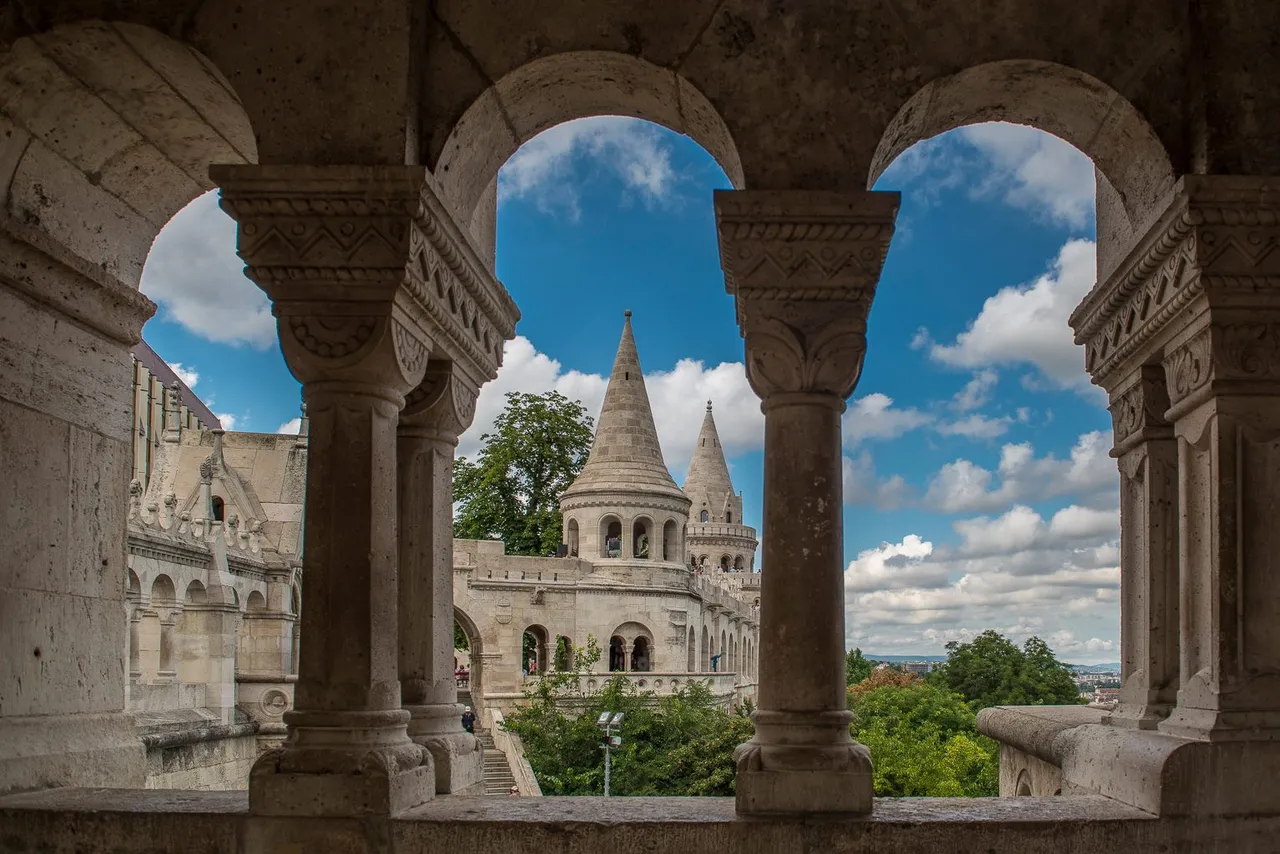
The Matthias Church (Hungarian: Mátyás-templom) is a Roman Catholic church of the Hungarian capital Budapest. It is located in the Vár castle quarter on the Buda side and is therefore part of the I. Municipality. The Matthias Church - officially the Church of Our Lady (Nagyboldogasszony-templom) - was the first church on the castle hill. It is registered as part of the UNESCO World Heritage. The coronation ceremonies of Charles I Robert of Anjou (1309), Francis Joseph I (1867) and Charles IV (1916) took place here. It is therefore also known as the "Coronation Church".
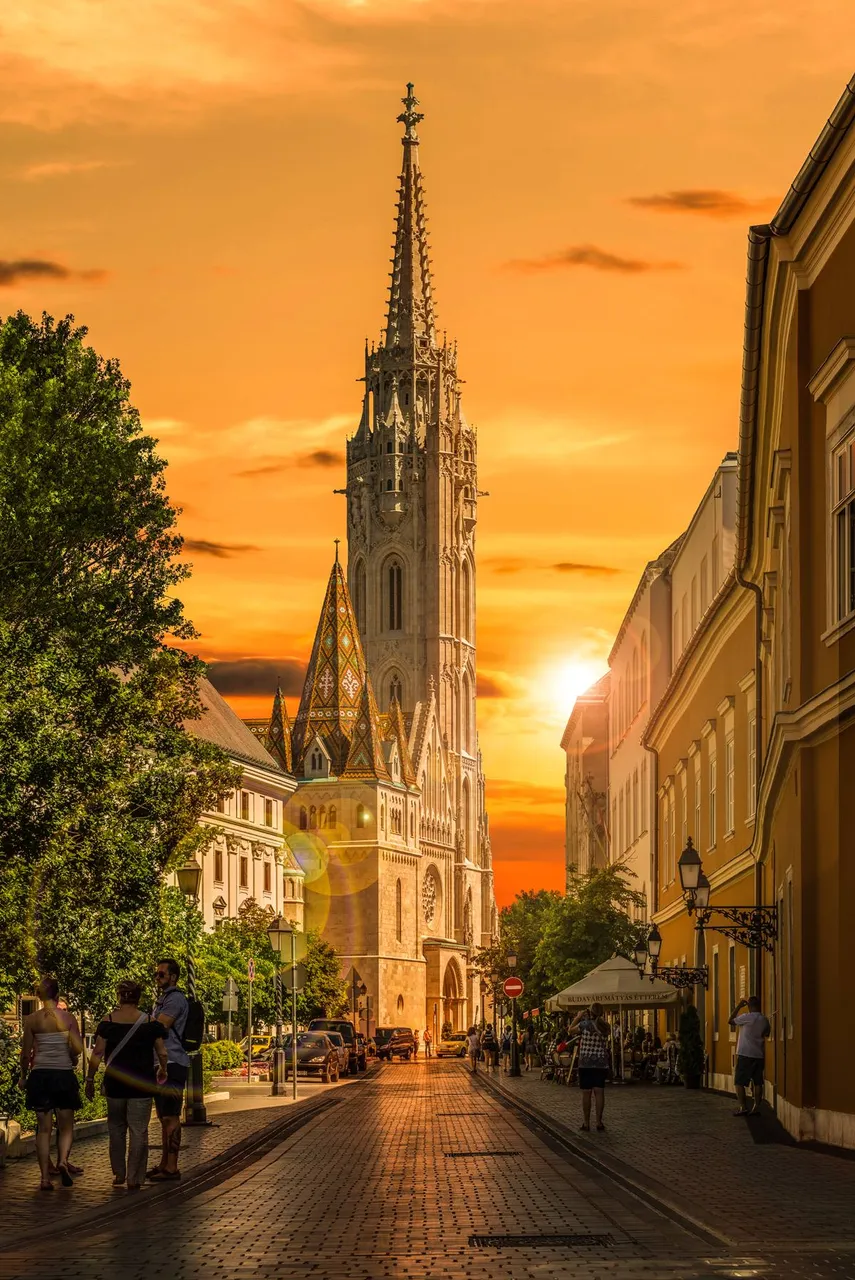
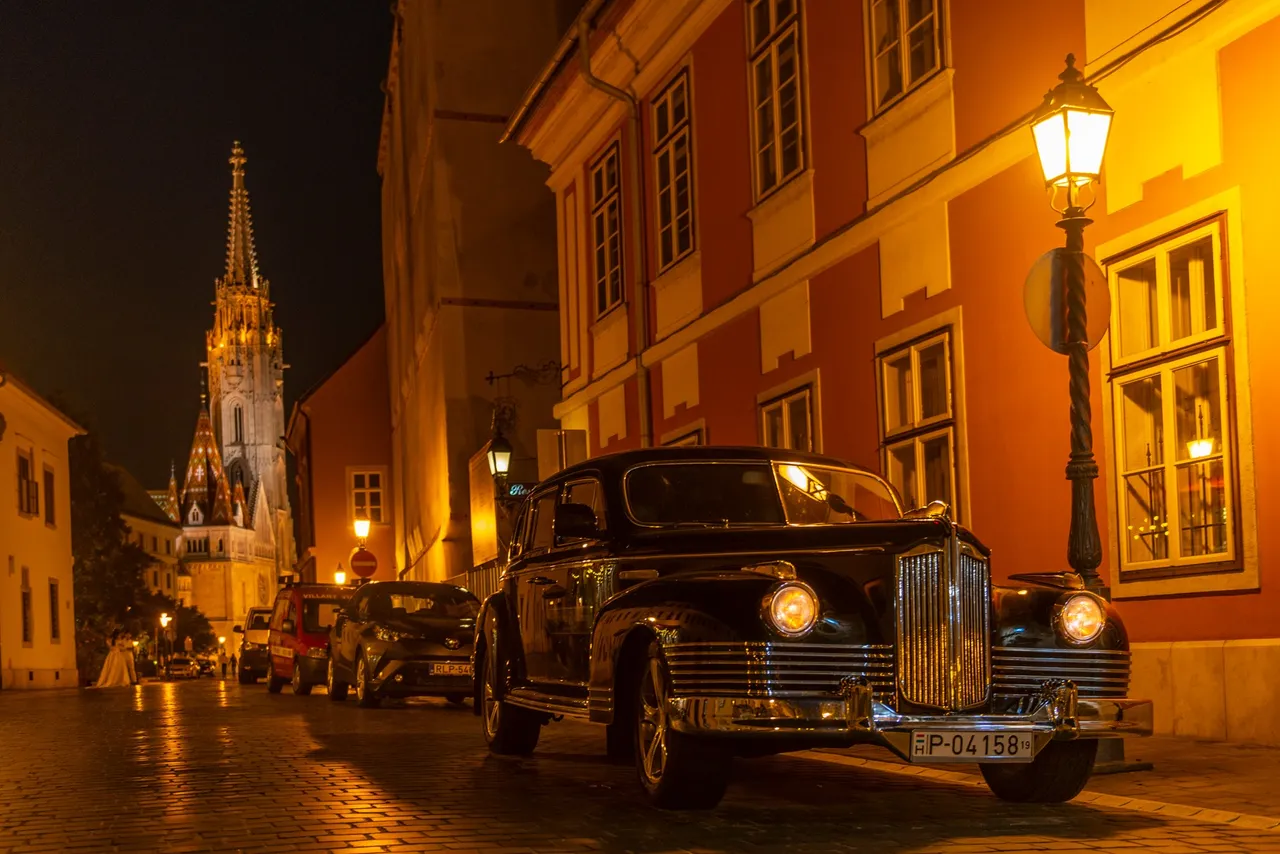
in the background the The Matthias Church
The castle palace (hun Budavári palota) on the castle hill in the castle quarter is the largest building in Hungary and a sight of the capital Budapest. It occupies the entire southern part of the castle hill. The building is also known as the Royal Castle (Királyi Vár).
The royal residence towers above the metropolis of millions as the highest building and can be seen from all directions in all its dimensions. The history of the castle palace goes back to the beginning of the 13th century, when King Béla IV had a castle built here. From this time the palace was the residence of the Hungarian kings. In the centuries that followed, every period of rule and style left its mark on the building complex. Parts were enlarged, renovated and extensions added. At the end of the Second World War, large parts of the palace were destroyed, but they were partially reconstructed and the remaining interiors were completely destroyed by the communist rulers. Today the castle palace is mainly used by museums, but also for representative occasions of the Hungarian government.
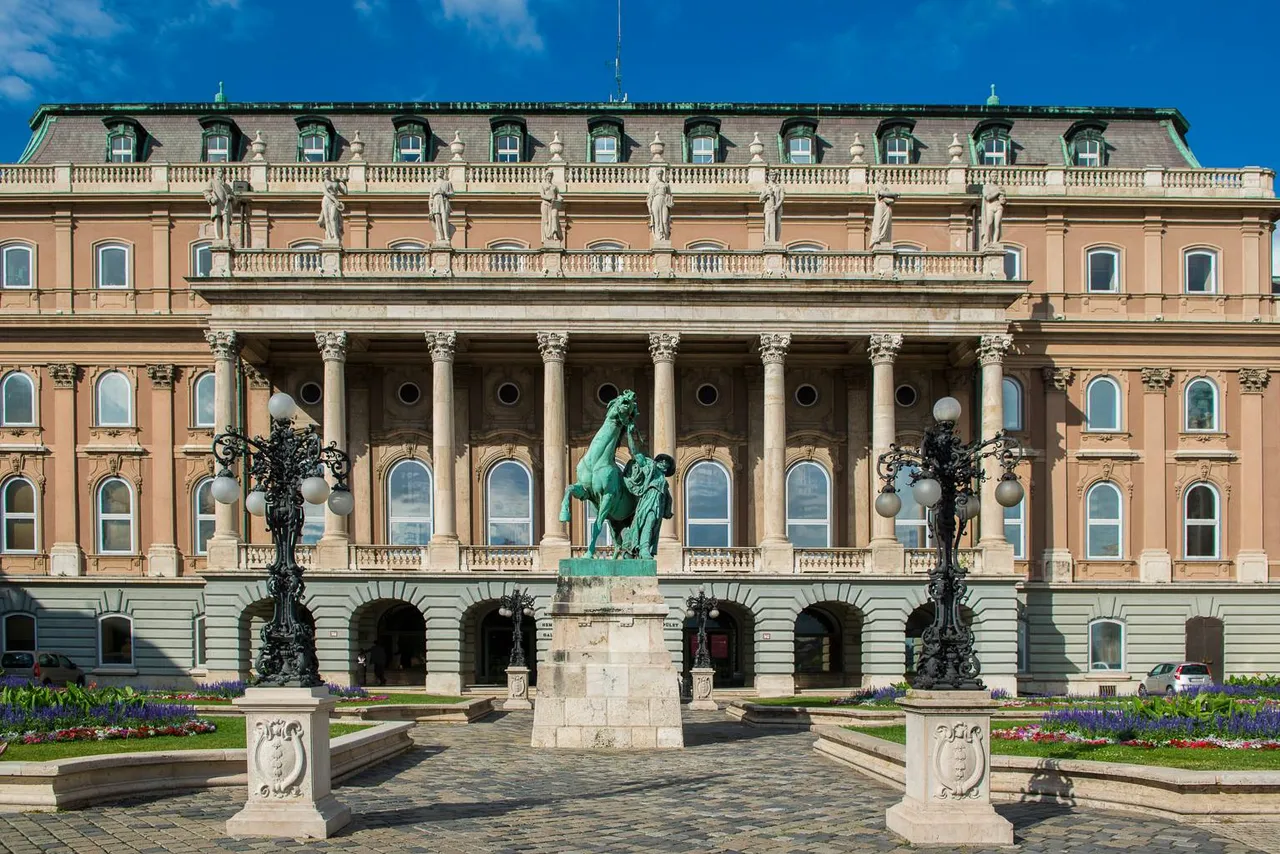
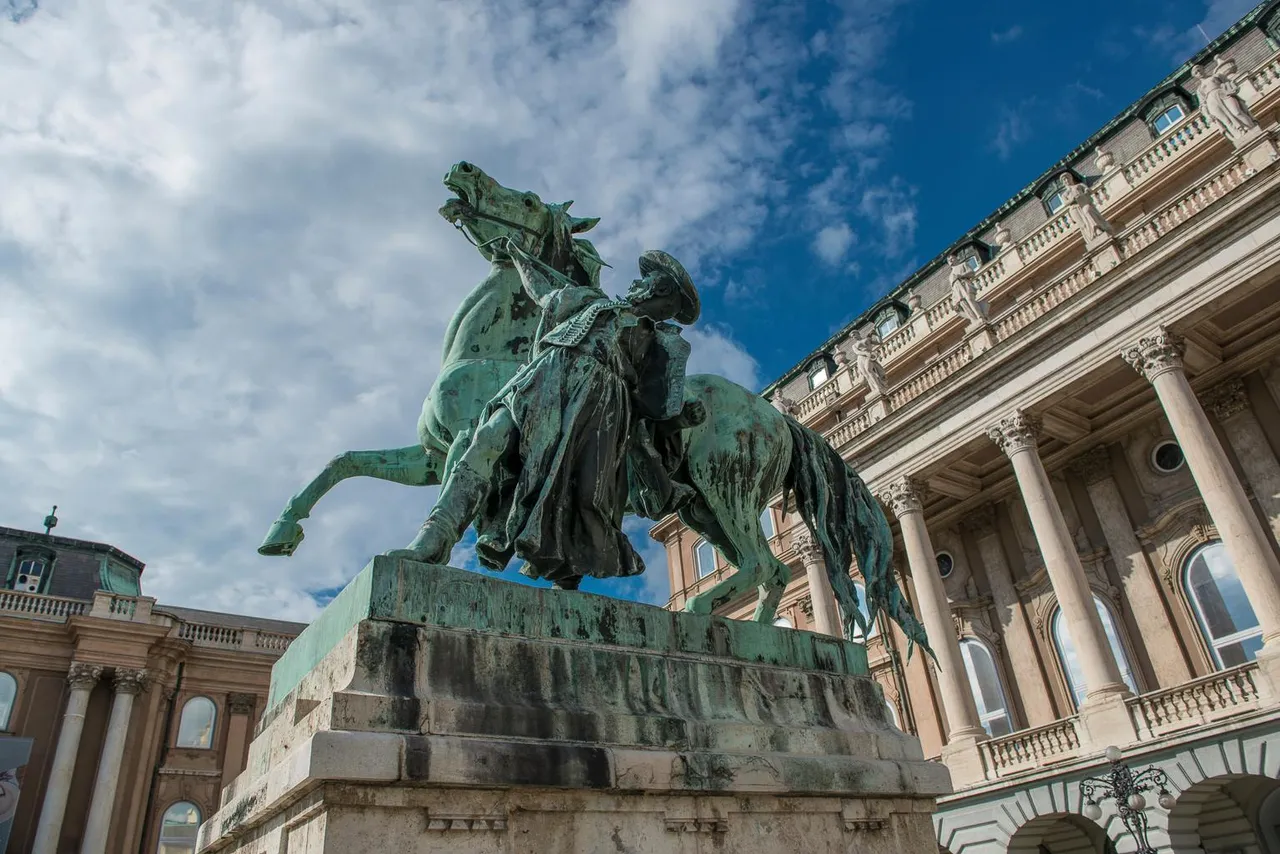
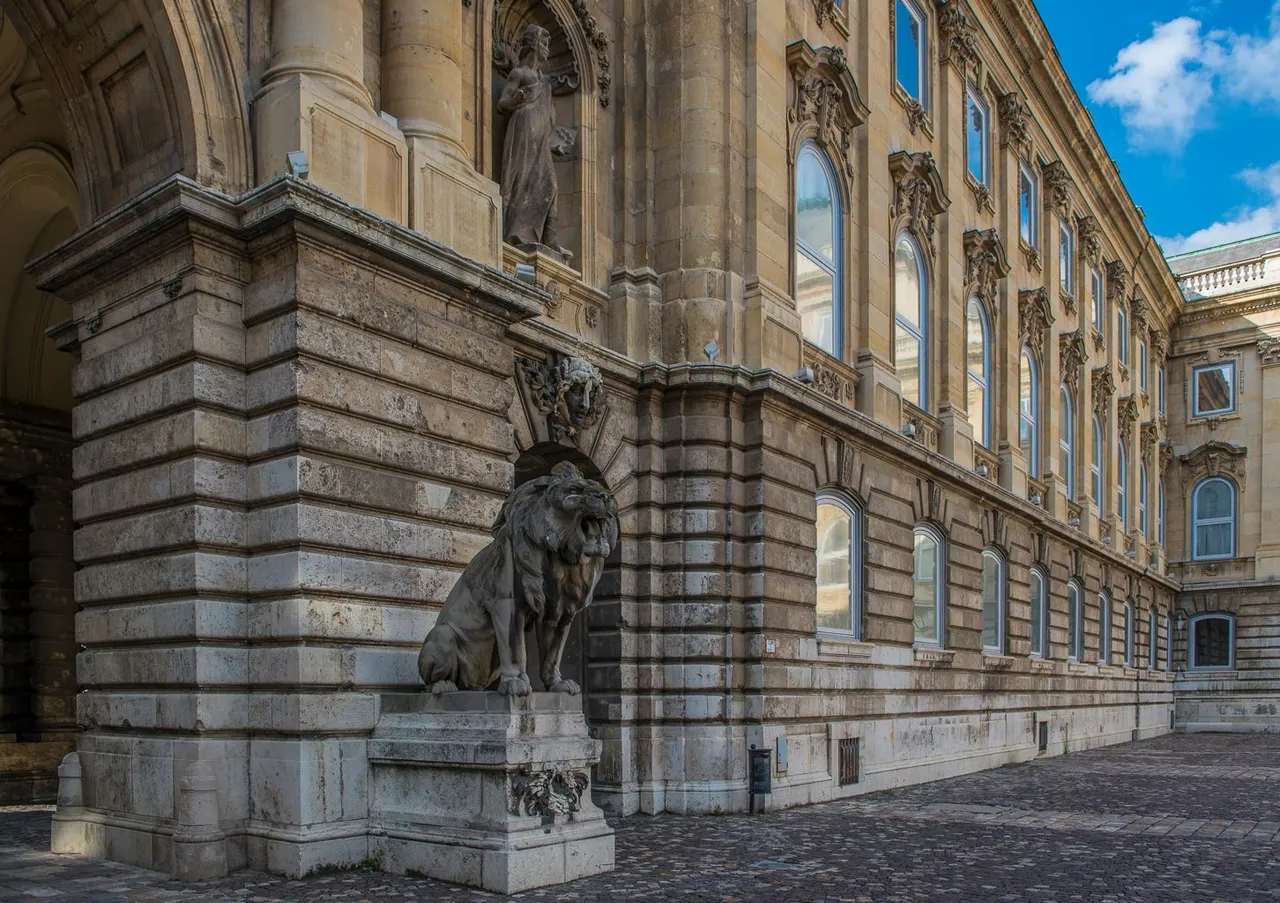
The famous Bridges of Budapest:
Nothing has so much symbolic power in Hungary's capital, rich in symbols, as a bridge. Bridges connect and unite. The construction of the Chain Bridge, one of Budapest's landmarks, connected for the first time the districts of Buda and Pest, which were once independent cities. It was followed by the construction of seven more road bridges: the Árpád Bridge, the Margareth Bridge, the Kossuth Bridge, the Elisabeth Bridge, the Freedom Bridge, the Petöfi Bridge and the Lágymányosi Bridge.
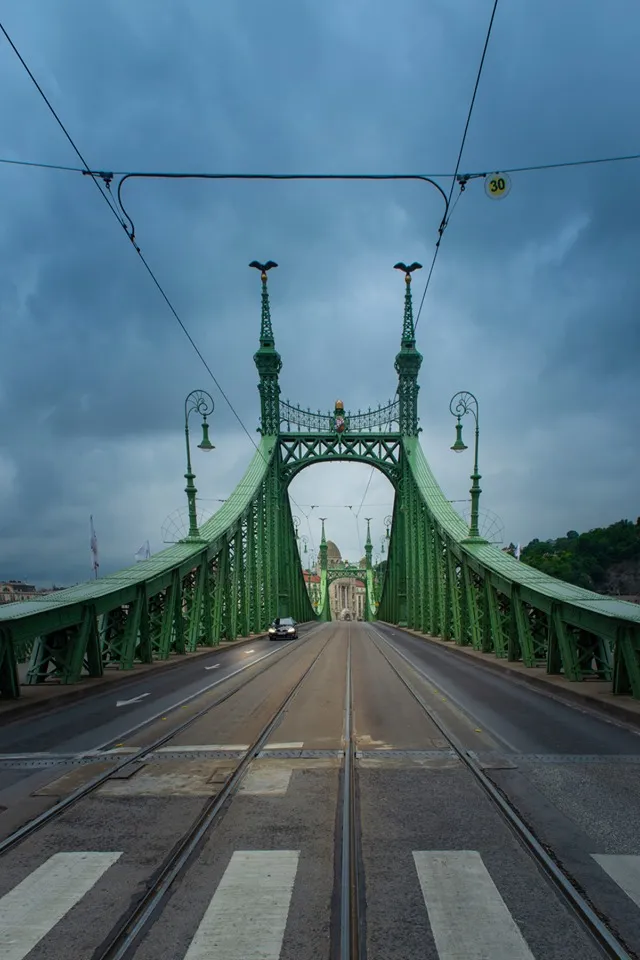

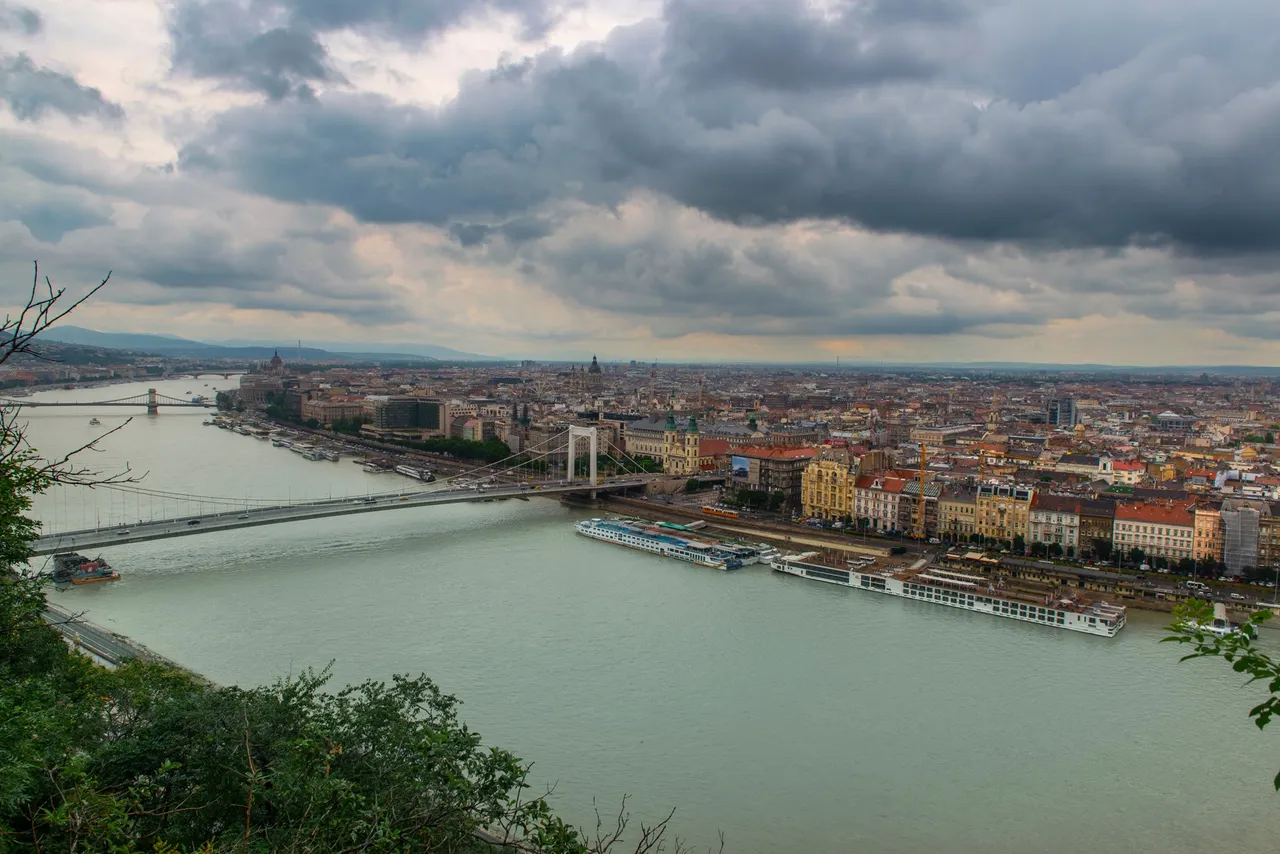
Go over bridges to the next part ;)
With this bridges, I'll close the first part of my short report of Budapest.